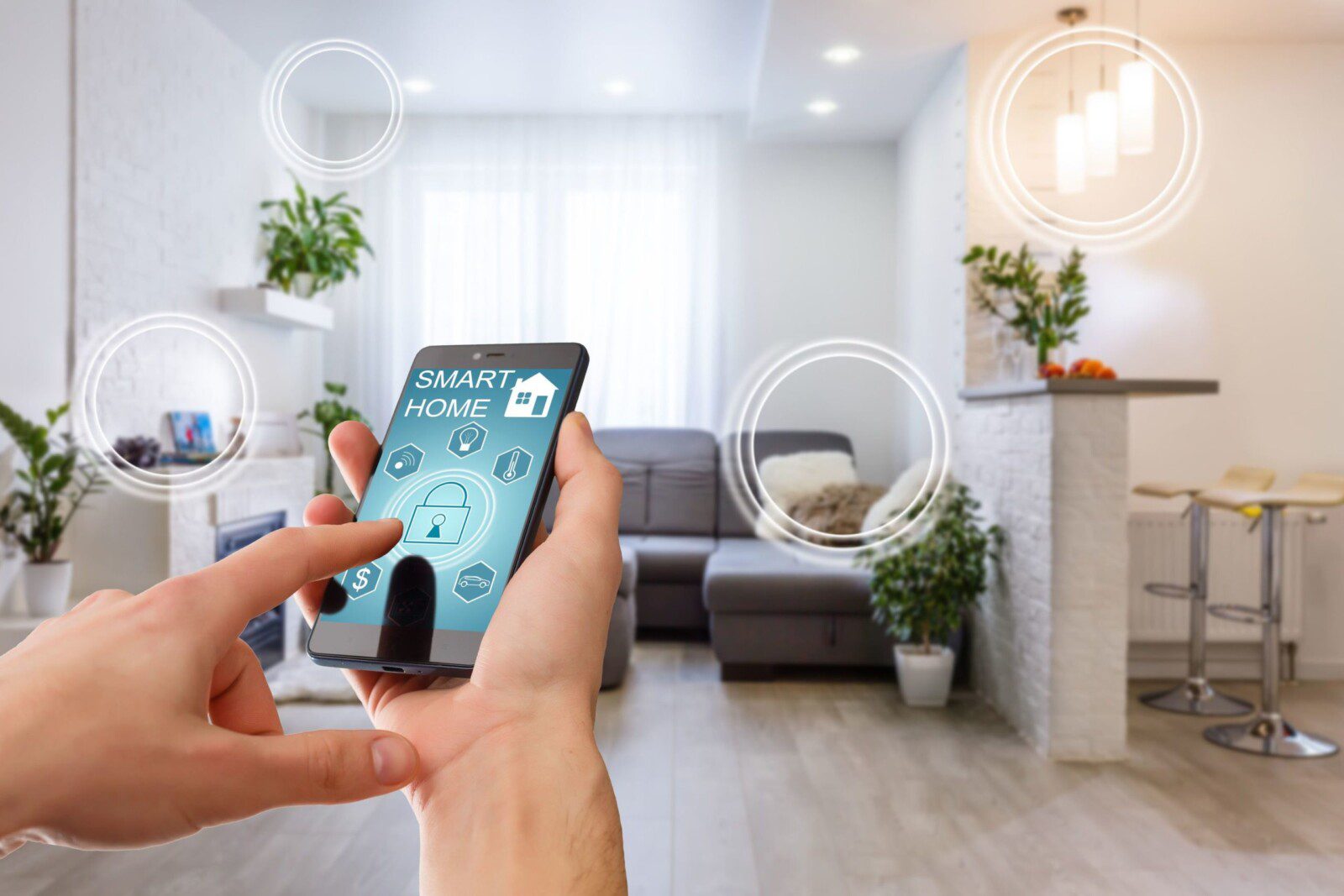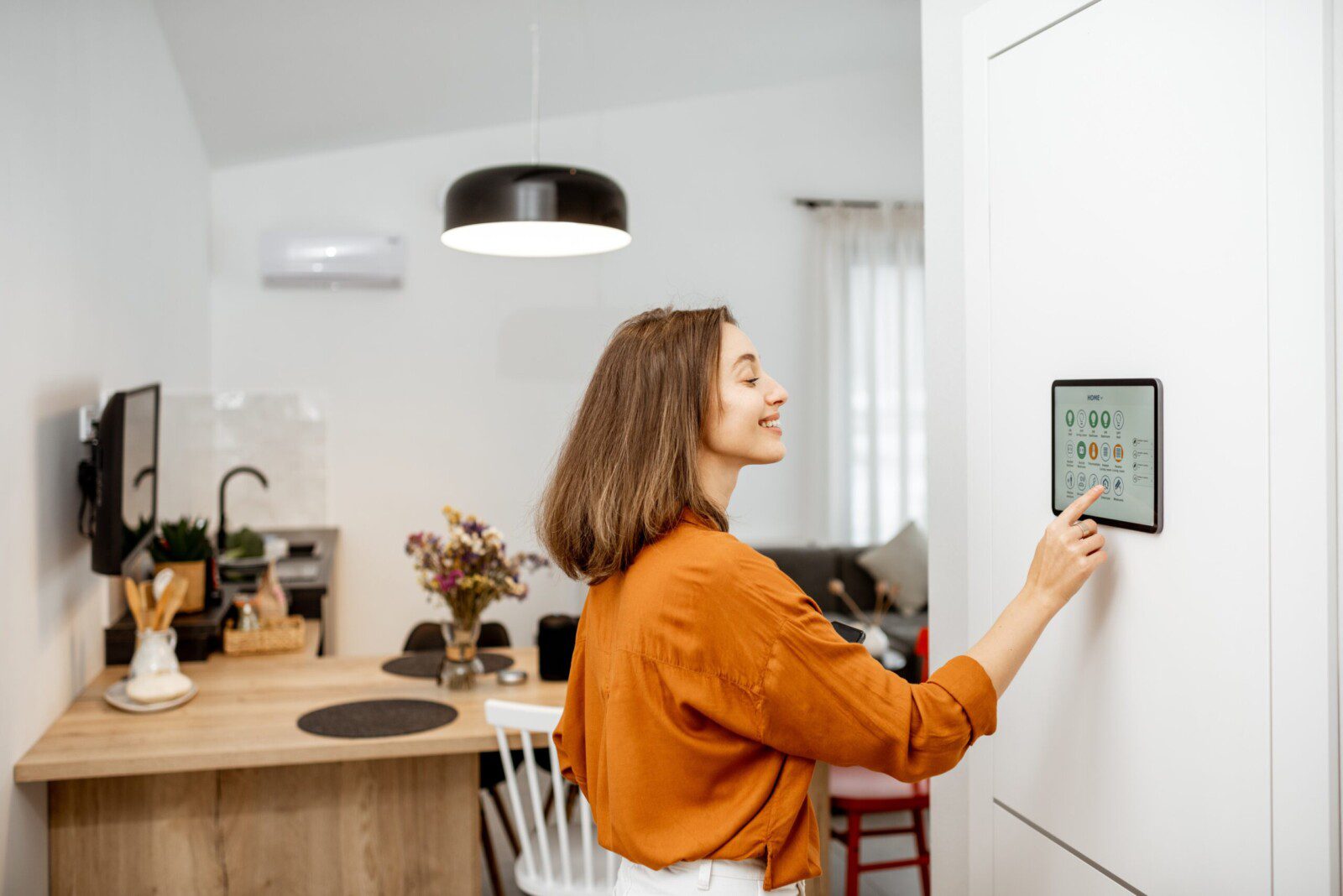The digital nomad lifestyle has transformed dramatically over the past few years. Once defined by temporary beach towns, jungle co-working hubs, and far-flung escapes, today’s nomads are shifting back toward major cities. But they’re not returning to cramped apartments, noisy streets, and outdated rentals—they’re seeking something far more intentional, elevated, and aligned with the evolving digital nomad lifestyle.
In this new era of remote work, nomads want both the vibrancy of urban living and the comfort, stability, and tech-forward design that allow them to thrive. Cities like Austin, Houston, Miami, Lisbon, Madrid, and Singapore are seeing a surge in long-term stays as travelers choose neighborhoods rich in culture, connection, and innovation. The digital nomad lifestyle is no longer just about seeing the world—it’s about working well while experiencing it.
Below are 6 powerful reasons why digital nomads are heading back to urban destinations—and what new expectations rental hosts must meet to stay competitive.
1. Cities Offer Reliable Infrastructure That Supports a Modern Digital Nomad Lifestyle

Remote workers have always needed strong internet, accessible transportation, and safe, walkable communities—but post-pandemic expectations are higher than ever. The digital nomad lifestyle now demands stability, reliability, and high-functioning environments.
Today’s nomads choose cities because they offer:
-
Fiber internet and multiple telecom options
-
Stable electricity and climate control (critical as extreme weather becomes more common)
-
Walkable districts with 24/7 convenience
-
Public transport, bike lanes, and ride-share availability
-
Easy airport access
As the digital nomad lifestyle becomes more mainstream, renters expect hosts to list transparent WiFi speeds, workspace setups, and neighborhood accessibility. A vague “good internet” description no longer works—nomads want proof, like speed-test screenshots.
For context on global digital nomad infrastructure trends, see Nomad List: https://nomadlist.com/
2. Urban Rentals Now Offer Designed-for-Productivity Spaces

The once-casual “work from anywhere” approach has evolved. As the digital nomad lifestyle matures, workers seek rentals that feel like on-the-go headquarters.
Top priorities include:
-
Dedicated desks with ergonomic chairs
-
Dual monitors or monitor availability
-
Standing desk options
-
Soundproof or quiet zones
-
Smart lighting for video calls
-
Multiple charging stations
Modern nomads know that productivity thrives in intentionally designed spaces—not on bar stools or couches. Hosts who embrace the digital nomad lifestyle trend are transforming spare corners into micro-offices, adding smart desk lamps, or upgrading to noise-canceling curtains.
Even Airbnb now emphasizes “Remote Work-Friendly” stays:
https://www.airbnb.com/work-friendly
Urban rentals are meeting these expectations faster than rural and coastal areas, making cities the new productivity hubs.
3. Community, Networking, and Culture Support a Connected Digital Nomad Lifestyle

Nomads aren’t just traveling—they’re seeking belonging. The digital nomad lifestyle is becoming increasingly community-driven as workers prioritize networking, social events, and shared experiences.
Cities offer incomparable advantages:
-
Weekly meetups and coworking events
-
Professional networking groups
-
Interest-based communities (tech, arts, fitness, entrepreneurship)
-
Global food scenes
-
Music, nightlife, festivals, and art districts
-
Language immersion opportunities
Urban co-working spaces like WeWork, Common Desk, and Impact Hub host classes, workshops, and networking nights that support the digital nomad lifestyle and reduce the loneliness that often comes with remote work.
Examples of nomad-friendly coworking chains include:
https://www.wework.com/
https://www.impacthub.net/
Nomads want to plug into a community instantly—and cities make that effortless.
4. Urban Rentals Provide Better Long-Term Value for an Evolving Digital Nomad Lifestyle

While some travelers still chase beachside simplicity, many are discovering that major cities offer better long-term value. Cities provide competitive monthly rates, more amenities, and better host communication—critical for a sustainable digital nomad lifestyle.
Urban rentals often include:
-
Full kitchens
-
Long-term discounts
-
In-unit washers/dryers
-
Gym access
-
Secure parking
-
Close proximity to grocery stores and pharmacies
The economics of the digital nomad lifestyle are shifting, too. Remote workers are staying longer—many for 1–3 months at a time—which means they’re evaluating rentals based on overall livability, not just aesthetics. Cities naturally support that need.
According to research by Airbnb:
https://news.airbnb.com/airbnbs-2023-travel-trends-whitepaper/
Long stays (28+ days) are one of their fastest-growing categories.
Today’s nomads seek stability with flexibility—and city rentals offer both.
5. Safety, Healthcare, and Convenience Matter More to the Digital Nomad Lifestyle Than Ever Before

After years of global uncertainty, digital nomads have become much more selective about environments that feel safe, supported, and convenient. The digital nomad lifestyle now prioritizes access to medical care, emergency services, modern infrastructure, and secure neighborhoods.
Urban destinations offer:
-
Hospitals and urgent care centers within minutes
-
Reliable transportation options at all hours
-
Secure apartment buildings with coded entry
-
Well-lit streets
-
Neighborhood police presence
-
Grocery delivery and rapid service options
This shift isn’t about fear—it’s about maturity. The digital nomad lifestyle has evolved from spontaneous adventure to intentional, sustainable long-term mobility.
A good resource highlighting safety and healthcare rankings for digital nomads is International SOS:
https://www.internationalsos.com/risk-outlook
Cities provide peace of mind, especially for solo travelers and first-time nomads.
6. Digital Nomads Now Expect Tech-Optimized Stays That Align With a Digital Nomad Lifestyle

Tech-forward rentals used to be a luxury—now they’re a baseline expectation. For an optimized digital nomad lifestyle, guests look for rentals that reflect the way modern workers live.
Top expectations include:
-
Smart locks
-
Fast WiFi with backup networks
-
Smart TVs and streaming options
-
Smart thermostats
-
Wireless chargers
-
Noise machines or soundproofing
-
High-quality office equipment
-
Multi-zone lighting
Homes that adopt this approach attract more long-term digital nomads who value consistency, privacy, and smooth check-in/check-out processes.
Urban rentals are uniquely positioned to meet these demands because cities adopt new tech earlier than rural or coastal destinations. As the digital nomad lifestyle becomes more integrated with smart living, nomads seek spaces that feel like an upgrade—not a compromise.
For inspiration on smart home tech trends:
https://www.cnet.com/home/smart-home/
What This Means for Hosts: City Rentals Must Level Up to Meet the New Digital Nomad Lifestyle

Digital nomads are no longer budget backpackers searching for the cheapest bed. They are entrepreneurs, remote employees, freelancers, creators, and professionals who value comfort, consistency, and community. The digital nomad lifestyle today is a blend of high productivity, cultural immersion, wellness, and meaningful human connection.
To stand out, city rental hosts should consider:
-
Upgrading WiFi and posting verified speed tests
-
Creating functional workspaces
-
Adding smart-home features
-
Offering long-term-stay discounts
-
Providing local guides for coworking spaces, cafes, gyms, and events
-
Ensuring safety measures and clear neighborhood details
-
Making check-in simple and tech-friendly
Urban rentals are becoming the new HQ of the digital nomad lifestyle—a place where travelers can work, rest, and explore without compromise.
Final Thoughts
The shift back to cities isn’t a return to the old way of living—it’s an evolution. Digital nomads want the cultural richness of urban life paired with the comforts of a thoughtfully designed, tech-forward home. They want accommodations that understand the complexity of the digital nomad lifestyle and elevate it.
As more nomads seek long-term urban stays, hosts who adapt to these expectations will thrive—while offering guests the best of both worlds: the vibrancy of a city and the comfort of a home built for modern mobility.
